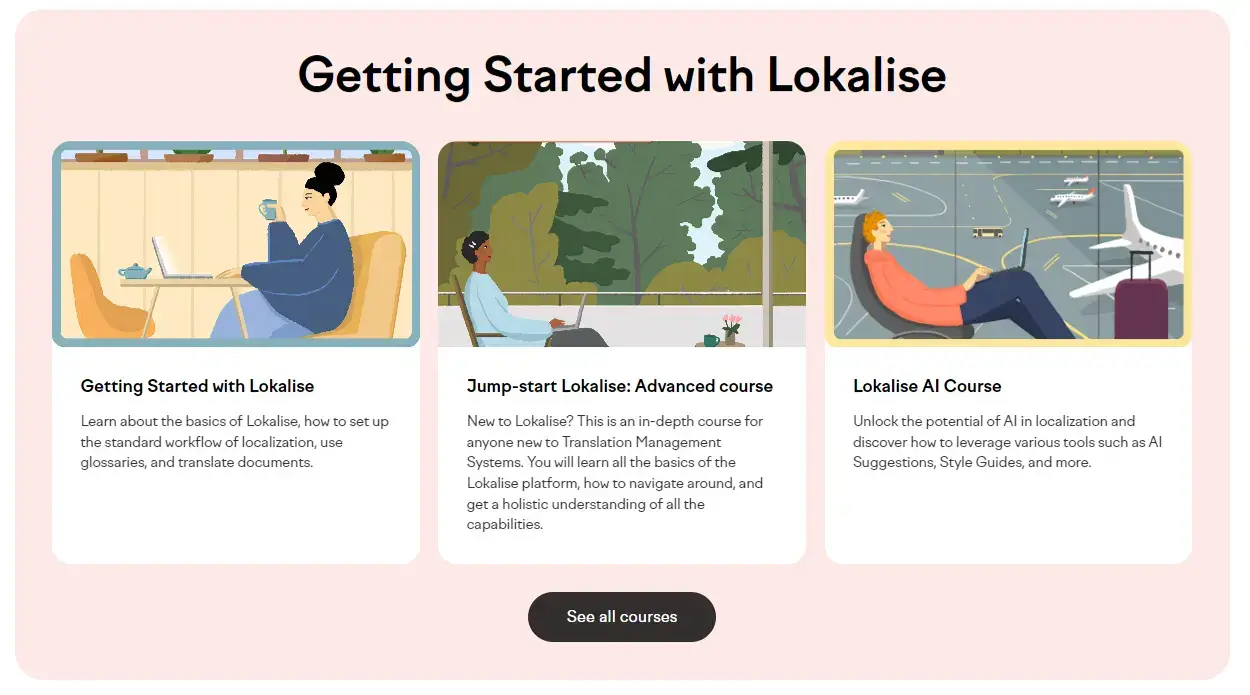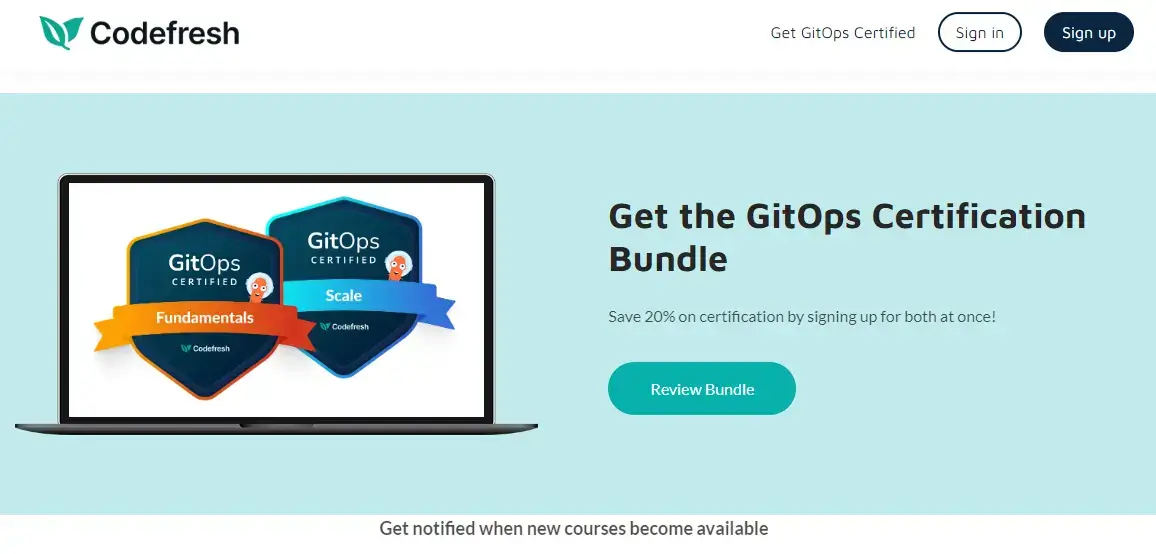Key Customer Education Statistics You Need to Know

As a business owner and marketer, I can’t thrive without putting customer education first.
Customer education is the process of equipping potential buyers with the necessary knowledge and information to make informed decisions about our products or services.
With everything moving so fast, consumers need to be educated on how to choose the best product and service options out there, as well as how to use them.
I can’t tell you how many times I’ve skimmed through customer support queries only to realize our customers weren’t using the tool correctly or to its full potential.
But it’s not their responsibility to know that. It’s yours.
▶ Maximize Your Business Impact With Customer Education ◀
By prioritizing customer education, you can demonstrate your commitment to their needs and well-being, earning their trust and loyalty.
In 2023 alone, successful customer education programs have shown a significant business impact. Companies with structured customer education strategies experienced an average revenue increase of 7.6%, a 2024 Forrester study finds. This growth is primarily due to enhanced product adoption rates, increased customer lifetime value, and customer satisfaction.
💡 Customer satisfaction scores (Csat), upsells, cross-sells, and completion rates in customer education programs are only some of the most crucial KPIs you need to monitor.
💁🏻 Here is a list of 12 customer training KPIs to measure success.
Before I explore some of the fundamental customer education statistics and trends, let’s see why this matters in the first place.
Why Customer Education Matters
Educating customers on how to effectively use your products or services significantly boosts adoption rates and usage. Informed customers are more likely to take full advantage of your offerings’ features and capabilities, getting more value from what they receive.
This boost is linked to customer education efforts that make it easier for users to explore the software’s functionality fully rather than relying solely on basic or self-taught features. Through comprehensive training, tutorials, and ongoing support, companies like Adobe can ensure their customers are well-equipped to maximize investments, leading to higher retention and growth opportunities.
Adding customer training to your marketing strategy is also an excellent way to build strong relationships with your target audience. You can empower your customer base to become more knowledgeable about your products or services through various educational initiatives, such as informative blog posts, tutorials, webinars, or personalized support.
💁🏻 Customer Training Best Practices: 7 Practical Tips for Optimal Results
This, in turn, fosters customer loyalty and encourages word-of-mouth marketing.
Furthermore, I’ve noticed that solid customer education has helped brands differentiate themselves from competitors. By effectively communicating the value and advantages of an offer, you can position your brands (and teams) as industry experts and trusted advisors.
Hence, companies are increasingly adopting digital educational platforms, making learning more accessible and flexible. The global eLearning market is expected to hit $400 billion by 2026, highlighting the growing demand for online education and training solutions.
Key Customer Education Statistics
Next are some of the up-and-coming trends and benefits of customer education that will shed light on how well-implemented learning management systems (LMSs) can significantly impact customer satisfaction and reduce churn rates.
Influence on Retention and Engagement
Organizations that are highly focused on customers experience 51% better customer retention than those that are less customer-centric. According to Salesforce, nearly 90% of buyers say that a company’s experience is just as important as its products or services.
Part of that experience? Customer education. Every step of the way.
According to the Technology & Services Industry Association, 68% of respondents say they use products more frequently after training, and 56% use more product features than without training. Improvements in customer experience strategies resulted in 84% of companies seeing a rise in revenue and 79% achieving cost savings.
And there are diverse factors contributing to these results:
Educational content increases consumer purchase likelihood by 131%.
89% of U.S. consumers expect brands and organizations to offer an online self-service support portal.
52% of consumers are interested in AI that assists them during their experience with a product, website, or feature.
Impact of Customer Education on Business Growth
Help resources significantly reduce support tickets by enabling customers to solve issues independently, saving costs, and improving productivity.
Lokalise’s launch of its online academy on LearnWorlds underscores this impact. Initially facing a gap in localization education resources, Lokalise created 32 courses and attracted over 2,000 active learners.

The platform’s user-friendly features and strong community-building capabilities helped establish Lokalise as a leader in the localization field. This investment in educational resources boosted the company’s visibility and positioned it as a go-to expert, advancing its market presence and business growth.
Expanding reach and enhancing market authority is another key effect you can expect.
Codefresh’s GitOps certification program exemplifies this. Initially aiming for 1,000 learners, Codefresh quickly exceeded expectations, enrolling over 20,000 students. The platform’s ease of use and robust analytics capabilities allowed Codefresh to create 9 courses and integrate seamlessly with existing tools efficiently.

This enrollment growth established Codefresh as a leading authority in GitOps and converted learners into potential customers for their enterprise products, significantly boosting their market presence and sales opportunities.
Customer Education Strategies & Results
Now that you have a better grasp of what you can achieve through improved customer education efforts, let me walk you through three simple strategies you can implement straight away:
Build Online courses
Two-thirds of businesses use a learning management system to provide customer training. Develop comprehensive online courses to create structured learning paths that cover all aspects of your product or service.
Use platforms like LearnWorlds to design interactive, engaging content that captures learners’ interest. Offering certification programs can further validate customers’ skills and knowledge, enhancing their commitment and fostering advocacy for your brand.
Ensure your courses are mobile-friendly and accessible to accommodate diverse learning styles and schedules. Emphasize ongoing education by incorporating interactive elements like gamification—such as quizzes, badges, and leaderboards—to make learning more engaging and rewarding.
This approach helps maintain learners’ motivation and keeps them updated with the latest information.
Example:
Rajvir Singh, Founder of Code and Compile, shares highly interactive courses with resources and assessments. Using LearnWorlds’ robust features, Rajvir has achieved a monthly revenue of $2,000. With over 8,000 learners enrolled in Code and Compile courses, he is on a promising trajectory for success.

Specialized courses on the Code and Compile website
Conduct webinars and live events
Host live webinars to facilitate real-time interactions and address questions, creating an opportunity for dynamic discussions and immediate feedback. This format fosters engagement and allows for spontaneous exchanges that enhance the learning experience.
Record and archive these webinars to make them available on-demand, broadening their reach and serving as a valuable resource for those who couldn’t attend the live sessions.
Additionally, featuring industry experts or product specialists can provide valuable insights and bolster the credibility of your training content.
Example:
Unblinded Mastery achieved a 150% YoY growth with the help of live events and online courses. Of 1,800 people who registered for a live event, 1,500 attended and immediately enrolled in the mastery program.
Within just seven days, Unblinded Mastery developed its course content, filmed all the videos, and launched its core training program using LearnWorlds. Remarkably, the team attracted major clients and achieved high growth without advertising.
Create customer support content
Build a comprehensive knowledge base that includes detailed articles, FAQs, and how-to guides, allowing customers to access self-service support whenever needed. This resource provides a centralized place for users to find answers and resolve issues independently, enhancing their overall experience.
85% of consumers are more confident in their purchasing decisions after watching a video, which enhances their decision-making and boosts satisfaction. I always recommend producing video tutorials visually demonstrating features, troubleshooting steps, and best practices.
Such videos make complex information easier to understand and follow. To further support users, build community forums where they can ask questions, share experiences, and assist one another, promoting peer-to-peer learning and reducing the overall support workload.
Example:
Here are a couple of videos we produced during my time at Paymo, a project management SaaS:

Support video examples tackling diverse product use cases
It’s important to remember these were never stand-alone videos since we wanted to use them at different stages of the customer lifecycle. They were part of our help center articles and we promoted them on your social media channels as well as through in-app pop-ups targeting new customers.
All three strategies are effective and can easily be integrated into your business goals should you choose to invest in customer education. That said, it’s essential to stay up-to-date with current trends and industry demands at every step of the way.
Customer Education Research Findings
The 2022 Customer Education Council Report that CustomerEducation.org led presented several interesting insights into customer education.
Over 200 customer education professionals participated in the study, which revealed valuable data on many fronts, including organizational structure, CEd partner teams, CEd program audiences, program objectives, budgets, and challenges.
Here is the valuable information in a nutshell:
The top three objectives CEd teams have are product onboarding, reducing churn, and reducing support tickets.
Improving existing programs and tracking business outcomes remain the top two priorities for teams.
While many CEd teams are still unsure of the budget they want to dedicate to customer education programs, most companies are investing over 250k into these.
Getting resources and proving ROI continues to be among the top challenges for Customer Ed teams.
Most teams track metrics that are easy to measure, like course enrollments and course completions.
CEd teams primarily use LMS surveys and customer interviews to collect feedback for their customer education programs.
When it comes to monetization, opinions are split: 50% don’t monetize their programs and have no plans to do so, while 45% do monetize in some way.
This report highlights the growing importance of customer education across organizations. While many teams face challenges like securing resources and proving ROI, they remain focused on driving key objectives such as product onboarding, reducing churn, and improving business outcomes.
💁🏻 Product Training for Customers: A Complete Guide
With considerable investment in these programs and a mix of monetization approaches, the findings suggest that customer education will continue to play a pivotal role in enhancing the overall customer experience in the long term.
Next Steps: Ready to Invest in Customer Education?
Understanding these educating customers statistics will help you drive business success. By equipping customers with the knowledge they need to make informed decisions and fully utilize your products or services, you boost adoption rates, enhance loyalty, and reduce customer support costs.
Investing in comprehensive educational initiatives—such as online courses, webinars, and detailed customer support content—can lead to significant long-term benefits, including increased revenue and market authority enablement.
Companies like Lokalise and Codefresh have already demonstrated the impact of well-executed education strategies on business growth and customer engagement. To harness even greater benefits for your business, LearnWorlds offers powerful tools for course creation, analytics, and interactive learning that help customer education teams build and scale customer training programs.
Ready to speed up your customer education game? Start your free trial with LearnWorlds and see how it can help you engage and retain customers.
(Visited 294 times, 1 visits today)

Alexandra Cote
Alexandra Cote is a SaaS growth marketer and online instructor who’s worked with dozens of brands in the MarTech, HR tech, and productivity space. She’s also a strong supporter of staying happy at work and choosing a healthy career path.



